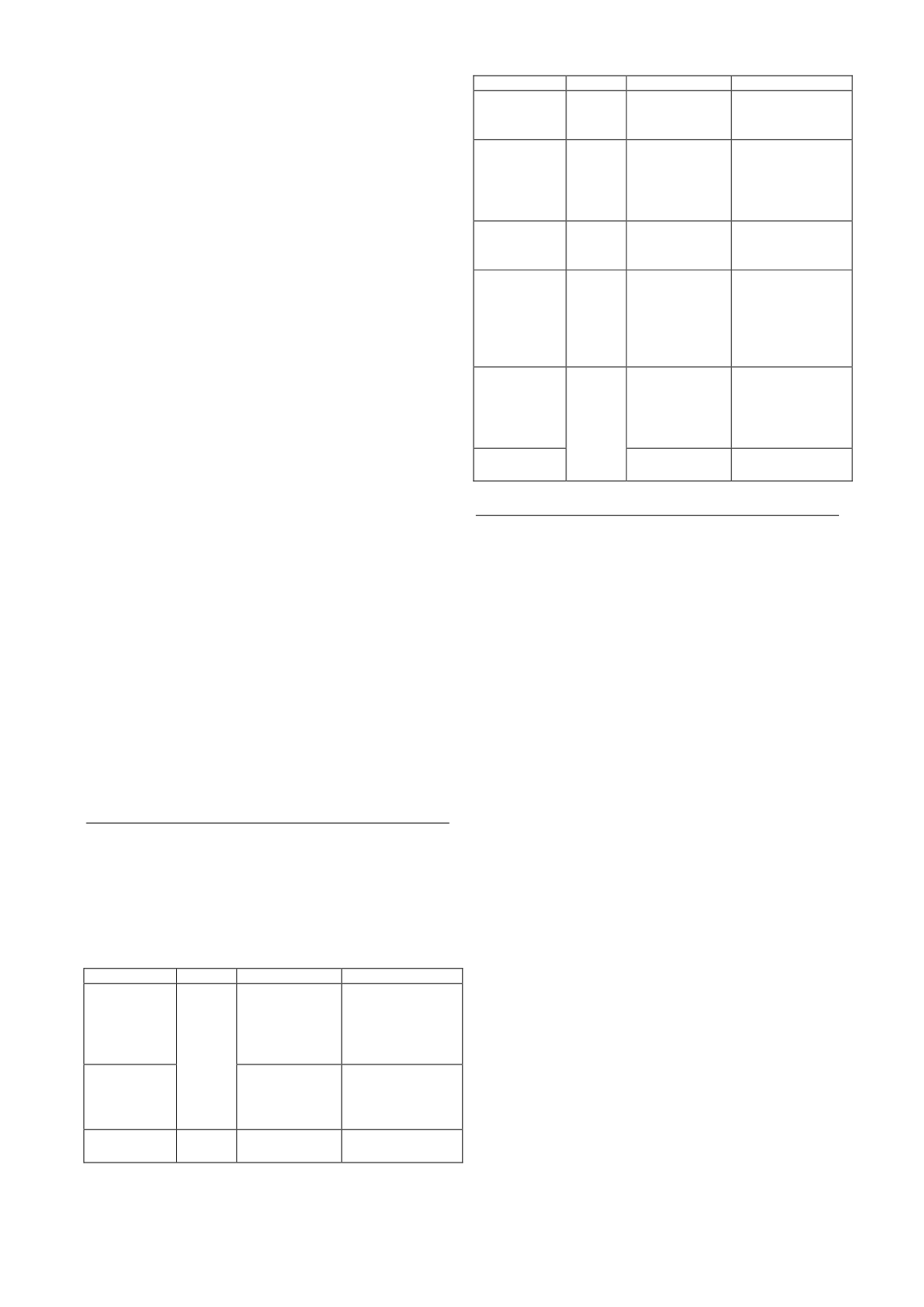

modelling of geomaterials at the continuum level and help to
shed light on the microscopic mechanisms on various
interesting phenomena such as strain localization,
liquefaction and progressive failure. If possible, joint
sessions can be proposed on suitable occasions between
TC103 and TC105.
TC203 Earthquake Geotechnical Engineering and
Associated Problems of ISSMGE: The earth appears to enter
another seismic active period and our memory is still fresh
on the extreme disasters several recent major earthquakes
have caused. Computational intensive tools have been
developed to evaluate the occurrence probability potential
consequence of earthquake at many locations of the world.
We shall work closely with our colleagues in TC203 on the
recently findings by them and from our TC103 and seek
chances to interact with them on such occasions as regional
and international annual earthquake conferences.
TC106 Unsaturated Soils of ISSMGE: The understanding of
unsaturated soil behaviour remains a difficult topic. One
active research area in unsaturated soil is to develop suitable
constitutive models to describe the soil behaviour and to
implement them in numerical codes such as Finite Element
Method for practical predictions. As the latter falls precisely
to our main themes, and TC103 and TC106 could hereby
build an area of common interest. Interaction between
TC103 and TC106 could present in forms of joint
workshops and conference sessions.
TC208 Stability of Natural Slopes of ISSMGE: Analysis and
prediction of stability of natural slopes are a difficult task for
both academics and practicing engineers. In this regard,
numerical methods have obvious advantage over many other
methods in dealing with the complex boundary conditions
such as rainfall infiltration/slope surface runoff/surface soil
evaporation/ground water flow and fluctuation and
heterogeneous soil properties. TC103 will encourage our
members to pay more attention on this topic and to exchange
findings with colleagues from TC208 regularly.
ASCE Geotechnical Branch and ASME Geomechanics
Committee: The Chair of TC103 is meanwhile the Chair of
ASME Geomechanics Committee. He would then be able to
call for join conferences/workshop at appropriate times to
work on topics that are interesting to peoples from both
societies.
TC104 - PHYSICAL MODELLING
PHYSICAL MODELLING IN GEOTECHNICS
Chair: Christophe Gaudin
TERMS OF REFERENCE
Task leader(s) Location Activities
Responsibilities
Adam
Bezuijen
Europe
Scaling law
catalogue
Constitute team of
experts/
Identify relevant
topics/Update
catalogue
Jan Laue
Dan Wilson
Centrifuge
Technology
sustainability
Develop PPT
Druck alternative
Identify other
potential threats
Bernardo
Caicedo
South
America
Standardised
miniature
Standardised
miniature
Task leader(s) Location Activities
Responsibilities
centrifuge for
teaching
centrifuge
Physical modelling
teaching unit
Ryan Phillips North
America Industry
Develop industry
framework for
industry
collaboration
Best practice guide
Paul
Schaminee
Europe Data exchange
Establish
standardised data
exchange format
B.V.S.
Viswanadham Asia
Regional
workshop/Confe
rence
Oversee
organisation of
regional
conferences
Eurofuge 2012 -
Asiafuge 2012
Bruce Kutter North
America
Communication/
Dissemination
Website, wikipedia,
IJPMG data report
Newsletter, IJPMG
support, Named
lectures
Andy Take
1g Physical
modelling
Improve integration
of 1g modelers
TC105 - GEO-MECHANICS
GEO-MECHANICS FROM MICRO TO MACRO
Chair: Malcom Bolton/Masayuki Hyodo From May 2011
TERMS OF REFERENCE
The general aims of the TC105 are the following:
1.
To promote cooperation and exchange of information about
the behaviour of soil grains and granular interactions, so as
to clarify the fundamental micro-mechanisms of the
behaviour of soils.
2.
To promote improved Discrete Element Modelling (DEM)
of soil aggregates, through simulations of laboratory tests,
especially with regard to the observation of grain crushing
and rearrangement.
3.
To encourage a micro-structural understanding of
signifycant
macroscopic
behaviours
such
as
compressibility, anisotropy, yielding, creep, cyclic
liquefaction, shear rupture and tensile fracture.
4.
To open up a discussion on the use of micro-structural
measurements to enhance soil characterisation procedures
(grading, plasticity index, CPT/SPT etc) and to clarify the
selection and use of continuum parameters in geotechnical
engineering practice.
5.
To widen the scientific basis of geomechanics by linking
with groups applying micro-mechanics to the study of
granular materials in other fields of application such as rock
mechanics, metal powders, ceramic pressings, and food
processing.
6.
To co-operate with other Technical Committees where the
granular perspective is thought to be valuable to their work.
7.
To encourage local working groups on particulate
mechanics, to organise regional workshops and
international symposia, and to negotiate with major journals
for the creation of special issues devoted to progress in this
topic.
Volume 6 - Page 142









